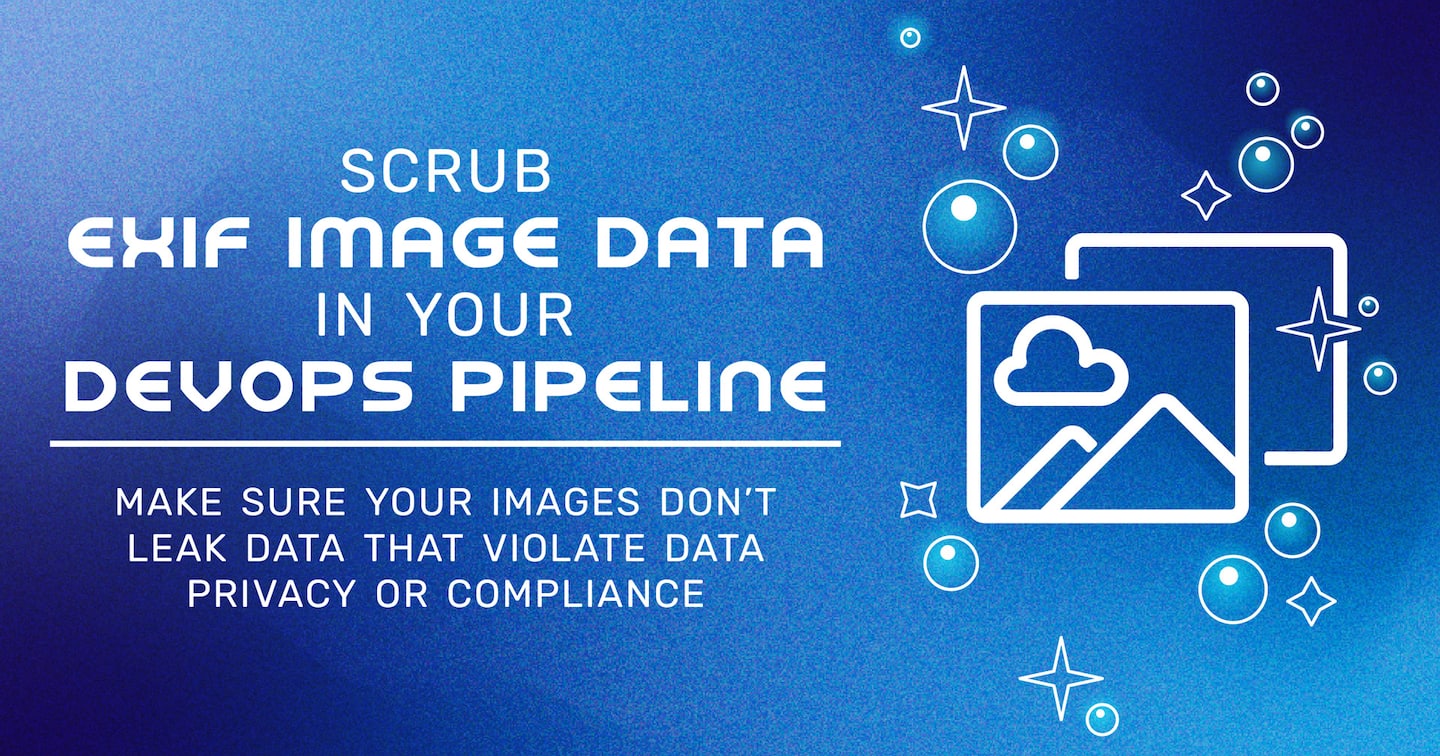Managed database services (DBaaS) provide a powerful and scalable approach to deploying and managing databases without the overhead of manual maintenance. However, fine-tuning advanced parameters can enhance performance, security, and reliability.
In this blog, we’ll take a look at the Akamai Managed Database Services powered by Aiven. Our solution offers developers the ability to customize advanced parameters for MySQL and PostgreSQL databases via API, Cloud Manager, and Linode Terraform Provider.
Our platform offers about 80 advanced parameters, categorized into four key areas:
- Performance Optimization:
Performance optimization settings help enhance query execution speed, allocate memory efficiently, and refine indexing strategies to reduce latency and improve responsiveness. - Connection Management:
Connection management features allow users to regulate the number of concurrent connections and efficiently allocate resources, ensuring that database operations run smoothly even under heavy loads. - Security:
Security settings allow users to configure encryption settings, implement strict access controls, and enforce robust authentication policies to protect sensitive data. - Monitoring and Debugging:
Monitoring and debugging tools provide real-time insights into database health, making it easier to detect and resolve performance bottlenecks before they impact applications.
What does this mean in practice?
Advanced parameter tuning isn’t just about technical optimization, it can directly affect business outcomes across industries.
- E-commerce and retail: With high traffic demands, optimizing cache size and managing connections can significantly improve website responsiveness, reducing latency and ensuring seamless transactions.
- Financial Services: For applications that require strong data integrity, enforcing immediate transaction commits and secure authentication mechanisms enhances compliance and reliability.
- Media and Entertainment: Supporting high-volume concurrent requests requires increasing the number of temporary tables and adjusting memory allocations to prevent performance bottlenecks.
Each application has unique performance requirements, so it’s important to test and adjust database settings. Fine-tuning ensures that your database adapts to workload changes and operates at peak efficiency.
To explore the full range of configuration options available, check out our comprehensive parameter lists on this page.
Tags




